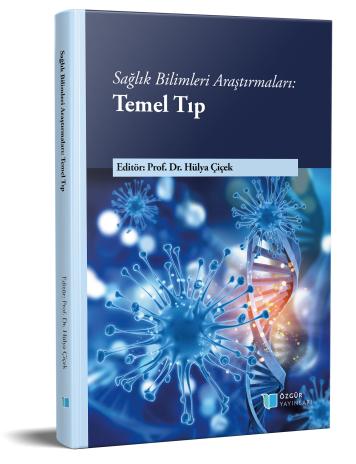
Tissue Biochemistry
Chapter from the book:
Çiçek,
H.
(ed.)
2023.
Health Science Research: Basic Medicine.
Synopsis
The organs of plants, animals and humans are composed of 'tissues', which are composed of cells that come from the same root, are closely related to each other, have the same shape and structure, and perform the same function. Cell division results in tissue formation. In unicellular organisms, dividing cells divide from each other to form a new individual. In multicellular organisms, on the other hand, dividing cells do not separate from each other and form tissues by combining with components such as plasmodesma (plasmatic bridges) that allow the passage of substances and stimuli. Organs develop as a result of the fusion of various tissues, as well as certain functions and processes. Each organ consists of tissue that performs its basic function and other tissues that are necessary for the normal functioning of this tissue. Regeneration is another feature of tissues. In this way, if tissue loss occurs for any reason, new tissue is created to compensate for the lost tissue. In a healthy body, freshly formed cells resist aging and damaged cells. Physiological regeneration is the name given to this state. The human body is made up of four different types of tissue: epithelium, connective and support, muscle and nerve. The biochemical structure and functioning of these tissues are described in this section.

